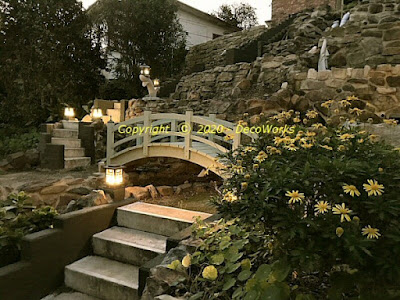How to make Latex Bladders

There are many occasions in theatre and film where latex bladders of a specific shape and size are needed for props or special effects. Sometimes a commercial product can be adapted but generally they need to be made This simple technique can be adapted to make latex bladders for any situation. The steps involved in the process were originally developed for the construction of a spurting blood razor for the 1998 Opera Australia production of "Sweeney Todd". Steps to make latex bladders The following steps illustrate the principle of making latex bladders for a specific purpose. They can be adjusted as necessary to adapt to the intended use required. Step 1 The original CAD drawings of the razor were used to produce DXF files and the razor part were laser cut in aluminium. When the parts were assembled the handle had a hollow recess into which a clear Perspex trigger handle could slide. Squeezing the trigger handle into the body of the razor compressed the blood fi...









